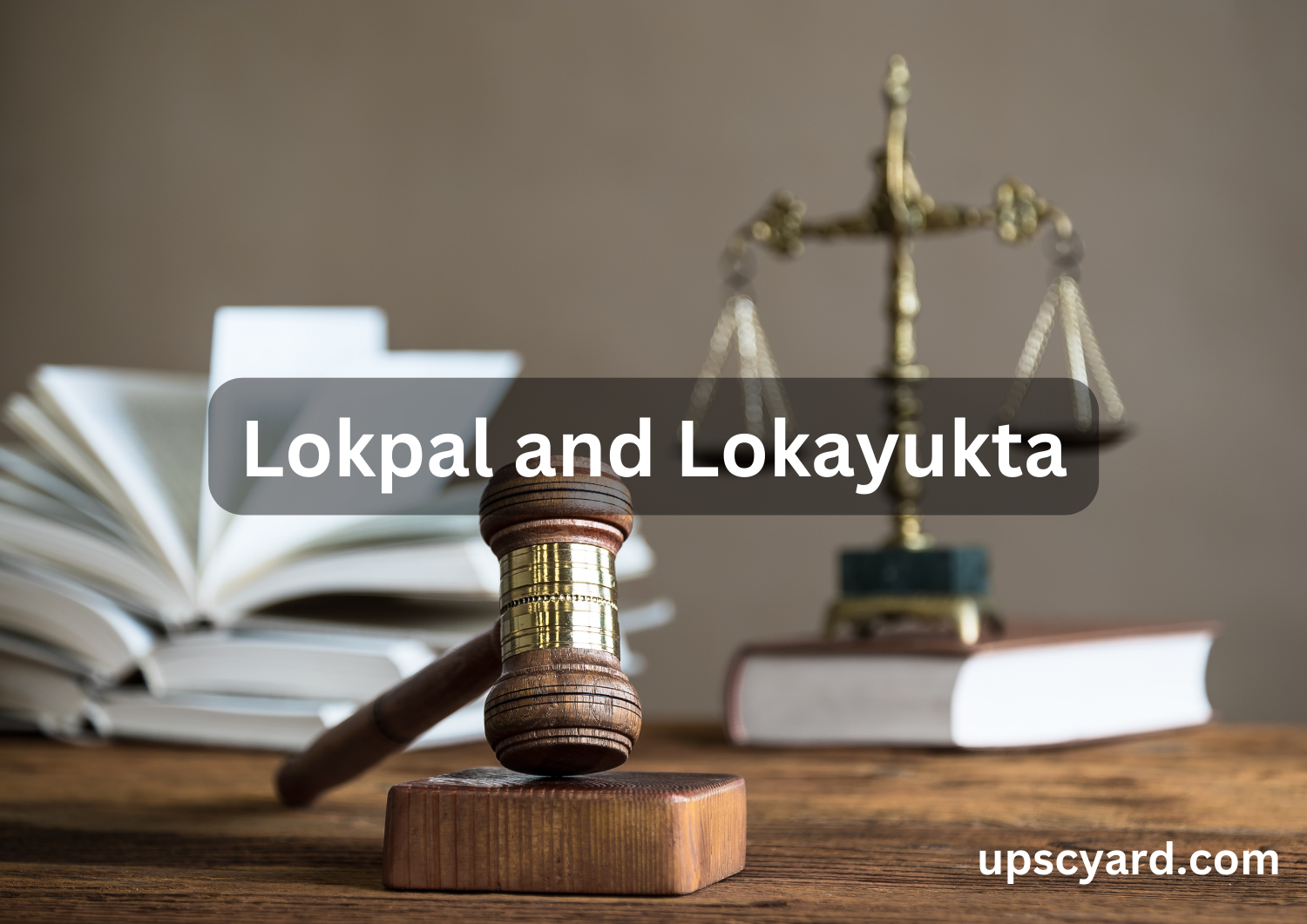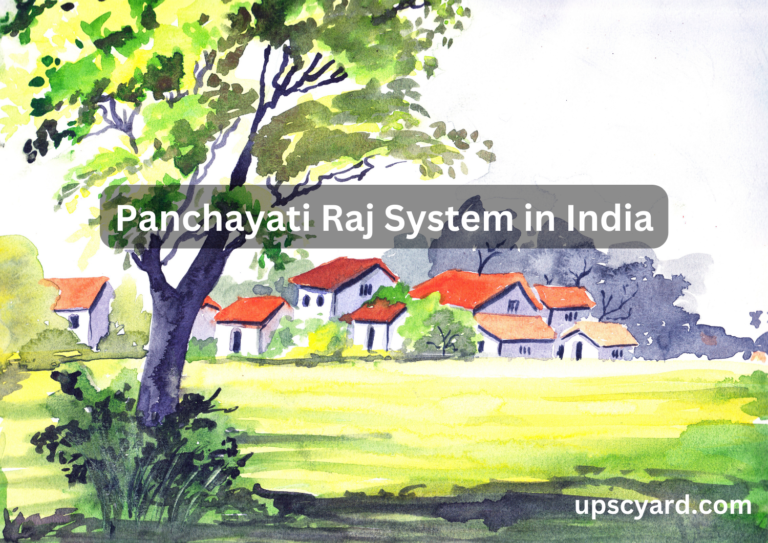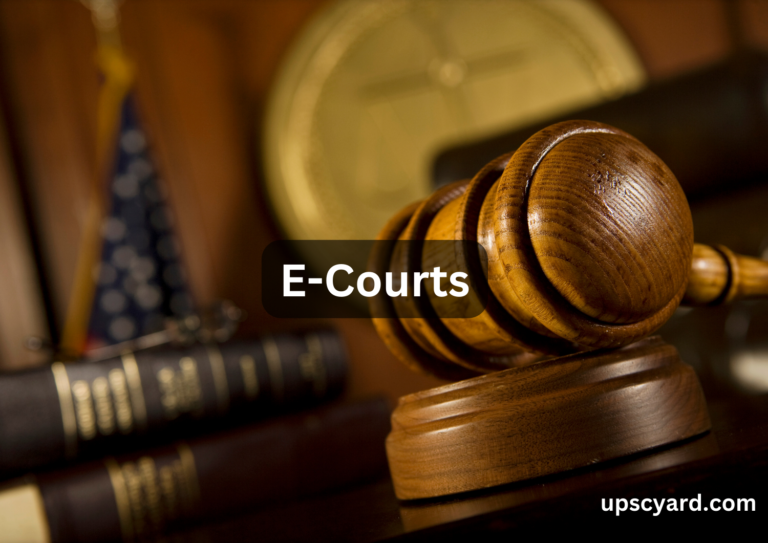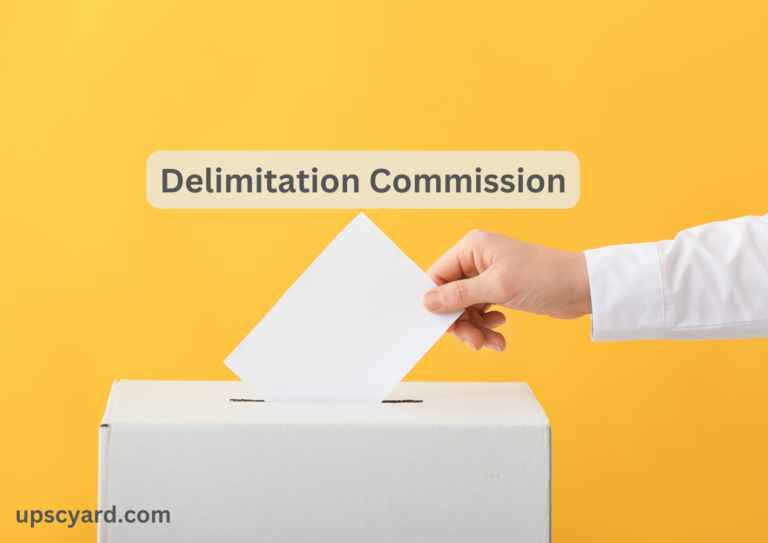Understanding the Lokpal: India’s Anti-Corruption Watchdog
Who is the Lokpal?
A Lokpal serves as an anti-corruption authority or ombudsman representing the interests of the public. It plays a vital role in investigating allegations of corruption against public officials and is a critical part of India’s governance framework.
The Birth of the Lokpal:
The journey towards establishing the Lokpal and Lokayuktas Act 2013 was a lengthy one, spanning four decades from the introduction of the first Bill. This legislation finally became a reality in December 2013, largely in response to the India Against Corruption movement’s demand for a Jan Lokpal Bill.
Key Aspects of the Lokpal and Lokayuktas Act, 2013:
This Act paved the way for the creation of anti-corruption ombudspersons at both the central and state levels. The central body is known as Lokpal, while the state-level counterpart is referred to as Lokayukta. Lokpal consists of a chairperson and a maximum of eight members. States are required to establish Lokayuktas within one year of the Act coming into effect.
Empowering the Lokpal:
The Lokpal is equipped with various powers and responsibilities, including:
- Broad Jurisdiction: Lokpal’s jurisdiction covers public figures ranging from the Prime Minister and Ministers to Members of Parliament and officers across different government levels.
- Property Confiscation: The Act allows for the attachment and confiscation of property obtained through corrupt means, even while legal proceedings are ongoing.
- Exemptions: While the Prime Minister’s activities related to international relations, security, public order, atomic energy, and space are excluded from Lokpal’s jurisdiction, all public officials are obligated to declare their assets and liabilities.
- Supervision Over CBI: Lokpal holds supervisory powers over the Central Bureau of Investigation (CBI).
- Inquiry and Prosecution: The Lokpal can establish an inquiry wing led by a Director of Inquiry and a prosecution wing headed by a Director of Prosecution.
- Confiscation of Assets: In specific circumstances, the Lokpal has the authority to confiscate assets, proceeds, receipts, and benefits linked to corruption.
- Public Servant Action: The Lokpal can recommend the transfer or suspension of public servants connected to corruption allegations.
Challenges in Lokpal’s Functioning:
The Lokpal faces several operational challenges:
- Appointment Delays: The appointment of the first Lokpal chairperson and members occurred in March 2019, a five-year gap since the Act’s parliamentary approval.
- Inclusion of Leader of Opposition: The absence of the ‘Leader of the largest party’ in the appointment committee delayed Lokpal’s appointment.
- Pending Inquiry and Prosecution Wings: Despite being appointed more than two years ago, the Lokpal’s inquiry and prosecution wings still need to be set up.
- Limiting Coverage: Amendments to Sections 44 and 59 have narrowed the law’s Coverage to ‘only public servants,’ excluding dependents and spouses.
- Political Influence: The appointing committee includes members from political parties, potentially affecting the Lokpal’s impartiality.
- Whistle-Blower Protection: The 2013 act lacks robust immunity for whistle-blowers and can discourage complaints by allowing inquiries against complainants if the accused is found innocent.
- Legal Immunity: The Lokpal lacks constitutional backing, and there are limited provisions for appealing its decisions.
The Path Forward:
To ensure effective governance and public confidence, several steps can be taken:
- Clarity in Jurisdiction: Clearly defined jurisdictions prevent overlapping powers.
- Streamlined Legislation: New legislation should prioritize simplicity, independence, and prompt resolution of public grievances.
- Timely Implementation: Efficient implementation is crucial for delivering justice to citizens.
The Lokpal institution stands as a critical guardian against corruption, promoting transparency and accountability in India’s governance landscape.
Understanding Lokayukta: An Instrument Against Corruption
What is Lokayukta?
Lokayukta is an anti-corruption ombudsman organization operating at the state level in India. It plays a crucial role in investigating allegations of corruption against public officials. The Lokpal and Lokayuktas Act of 2013 laid the foundation for this institution, with Lokpal being its counterpart at the central level.
The State of Lokayuktas in India:
Even before the enactment of the 2013 Act, several Indian states had already established Lokayuktas, demonstrating the growing need to combat corruption at the state level.
Lokayuktas work in conjunction with the Income Tax Department and the Anti-Corruption Bureau, forming a safeguard against corruption within India’s democratic framework.
Challenges Faced by Lokayuktas:
- Information Hurdles: Lokayuktas often need help to obtain necessary information from government departments and state investigating agencies. This lack of cooperation leads to delays in handling corruption complaints, ultimately denying citizens timely justice.
- Whistle-Blower Protection: The Lokpal and Lokayukta Act lacks provisions for whistle-blower protection. This absence was a significant concern during the drafting of the Jan Lokpal Bill, which aimed to protect individuals reporting corruption.
- Loose Regulatory Framework: The Act contains only one section on Lokayuktas, mandating states to enact their Lokayukta Acts. However, it does not specify their composition, powers, or functions. States have the autonomy to determine the structure and operation of their Lokayuktas.
- Inadequate Appeal Mechanisms: There are limited provisions for appealing against the Lokayukta’s actions, and it cannot conduct inquiries against itself, raising questions about accountability.
Recommendations for Strengthening Lokayuktas:
In November 2012, following the 11th All India Lokayukta Conference, sixteen Lokayuktas forwarded recommendations to the Indian government:
- Nodal Agency for Corruption Complaints: Make Lokayukta the central agency for receiving all corruption complaints.
- Jurisdiction Over State-Level Probe Agencies: Extend Lokayukta’s jurisdiction to state-level investigative bodies.
- Search and Seizure Powers: Provide Lokayukta with powers of search and seizure and the authority to initiate contempt proceedings.
- Autonomy for Better Functioning: Ensure administrative and financial autonomy for Lokayukta for improved efficiency.
- Inclusion of Government-Funded NGOs: Bring government-funded Non-Governmental Organizations (NGOs) under Lokayukta’s jurisdiction.
The Way Forward:
Lokayuktas across Indian states have displayed varying degrees of enthusiasm and assertiveness in their roles. Some have made substantial contributions, while others have been hindered by government apathy.
Recent times have witnessed an increased demand for Lokayuktas due to the rapid expansion of government activities and escalating corruption. To foster greater transparency and integrity in public dealings, additional measures may be necessary to ensure the institution’s effectiveness in combating corruption, promoting economic growth, and securing the nation’s interests.
F.A.Q.
- Who is the first Lokpal of India ?
Answer :- On March 23, 2019, a committee comprising Prime Minister Narendra Modi, Chief Justice of India Ranjan Gogoi, and Lok Sabha Speaker Sumitra Mahajan appointed retired Supreme Court judge Pinaki Chandra Ghose as the first Lokpal of India. The members officially took office on March 27, 2019.
- What is Lokpal ?
A Lokpal serves as an anti-corruption authority or ombudsman representing the interests of the public. It plays a vital role in investigating allegations of corruption against public officials and is a critical part of India’s governance framework.
- What is Lokayukta ?
Answer :- Lokayukta is an anti-corruption ombudsman organization operating at the state level in India. It plays a crucial role in investigating allegations of corruption against public officials.
- What is Lokpal bill ?
Answer :- This Act paved the way for the creation of anti-corruption ombudspersons at both the central and state levels. The central body is known as Lokpal, while the state-level counterpart is referred to as Lokayukta. Lokpal consists of a chairperson and a maximum of eight members. States are required to establish Lokayuktas within one year of the Act coming into effect.




